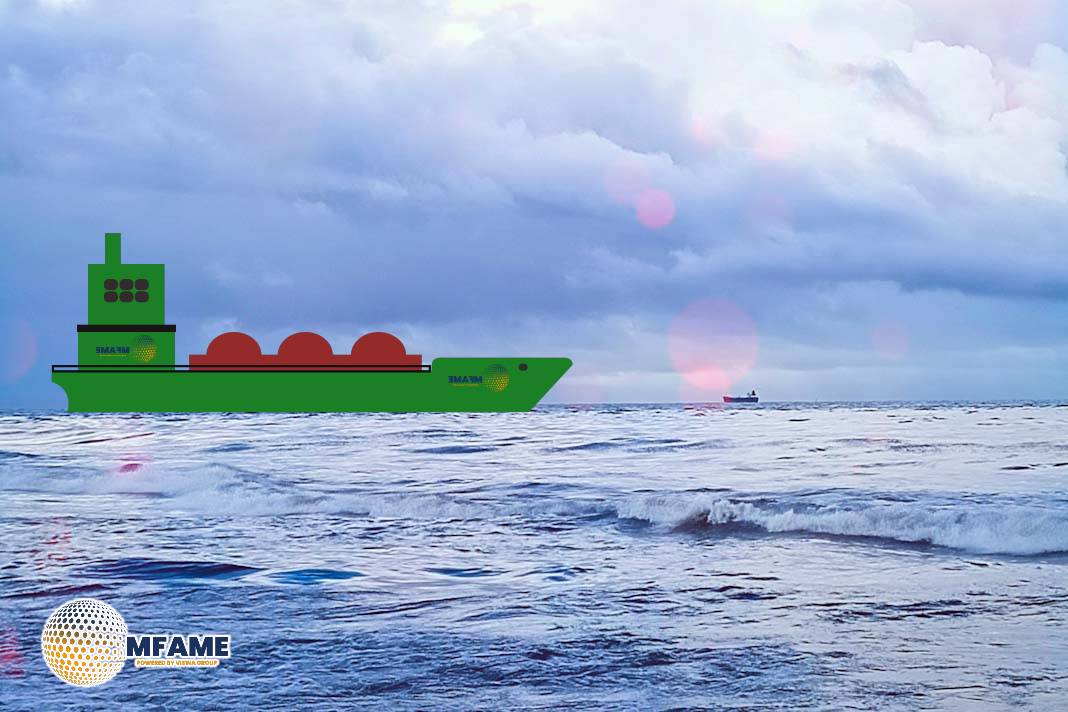- China’s Crude Imports Hit 10.9 mbd, Highest Since August 2023.
- Stockpiling Accelerates as Chinese Traders Exploit Falling Prices.
- State-Owned Firms Lead April Inventory Builds Outside Shandong.
China’s seaborne crude oil imports surged in April to an estimated 10.9 million barrels a day (mbd) —the highest level since August 2023. This was led by worries of supply disruptions as U.S. sanctions tightened, which led refiners to increase bookings and stockpiling. Decreasing global prices also played a role, with crude purchases becoming more appealing and poised to support demand, reports Break Wave Advisors.
Stepped-up Crude Stockpiling Nationwide
Chinese onshore storage crude builds jumped strongly in April, averaging a build rate of over 1.1 mbd for the five weeks ended May 4—a far faster pace than in March. Whereas March’s build was concentrated in Shandong, primarily from Iranian crude, April’s build saw approximately 80% of the growth occur outside Shandong. State-owned trading houses spearheaded this surge, taking advantage of international price volatility.
Plenty of Storage Capacity Facilitates Additional Builds
Through May 4, crude tank usage at China’s large state refiners was 62%, pointing to plenty of scope for ongoing stockpiling. With seasonal refinery turnaround in the works and strategic inventory growth under way, crude builds should persist through Q3. Further incentive comes from the Saudi-dominated OPEC+ move to increase production in June and oversupply in the Atlantic Basin—both of which favor additional Chinese purchasing.
Private Refiners Still Crave Low-Cost Crude
China’s independent refiners, also known as teapots, are still starved for low-cost feedstock even though refining margins have been weak since late 2023. The coastal refiners more and more turn to sanctioned supplies to stem the tide of rising input costs. Iranian crude and condensate imports in April totaled close to 1.5 mbd—a little less than March’s record-high 1.8 mbd but still more than the year-to-date average of 1.4 mbd.
Russian Arctic Crude Compensates for Decline in Iranian Imports
In an attempt to replace falling Iranian volumes, Russian Arctic crude imports increased to an all-time high 280,000 barrels per day (kbd) in April. Such barrels, lifted on January 10 aboard U.S.-sanctioned tankers, have been being diverted to China via ship-to-ship loading onto non-sanctioned ships in the South China Sea to bypass sanction-anxious usual purchasers.
Chinese domestic refiners, especially smaller units, also sustained healthy demand for Russian Far East light grades such as Sokol and Sakhalin Blend. Sokol and Sakhalin Blend imports in April amounted to over 220 kbd due to their excellent distillate yields and near geographic location to Chinese ports.
Flagship Russian Crudes Reach Multi-Year Lows
Conversely, China’s imports of Russia’s flagship ESPO Blend and Urals crude hit multi-year lows. The cost of freight to ship via non-sanctioned tankers has made these grades less competitive than other discounted options in the marketplace.
Sanctioned Crude Imports Reach Record Highs
Despite legal and operational issues, joint imports of Iran, Venezuela, and Russia’s northern port discounted crude rose to a record 2.4 mbd in March and April, driven primarily through the so-called “dark fleet” of US-sanctioned vessels. This betrays China’s increasing dependence on politically sensitive sources of supply as an insurance against global uncertainties.
Outlook: Structural Demand for Sanctioned Crude to Persist
While sanctioned crude volumes may fall slightly in May because of postponed spring maintenance at teapot refiners, structural demand for discounted feedstock in China remains robust. As U.S. sanctions continue to reroute supply away from other consumers, increasing volumes will likely flow into China, bolstering its strategic role in international crude markets.
Unless interrupted by large policy shifts or a breakdown in global demand, China’s trend of assertive stockpiling and sanctioned crude purchases is expected to continue over the next few months.
Did you subscribe to our daily Newsletter?
It’s Free Click here to Subscribe!
Source: Break Wave Advisors

















